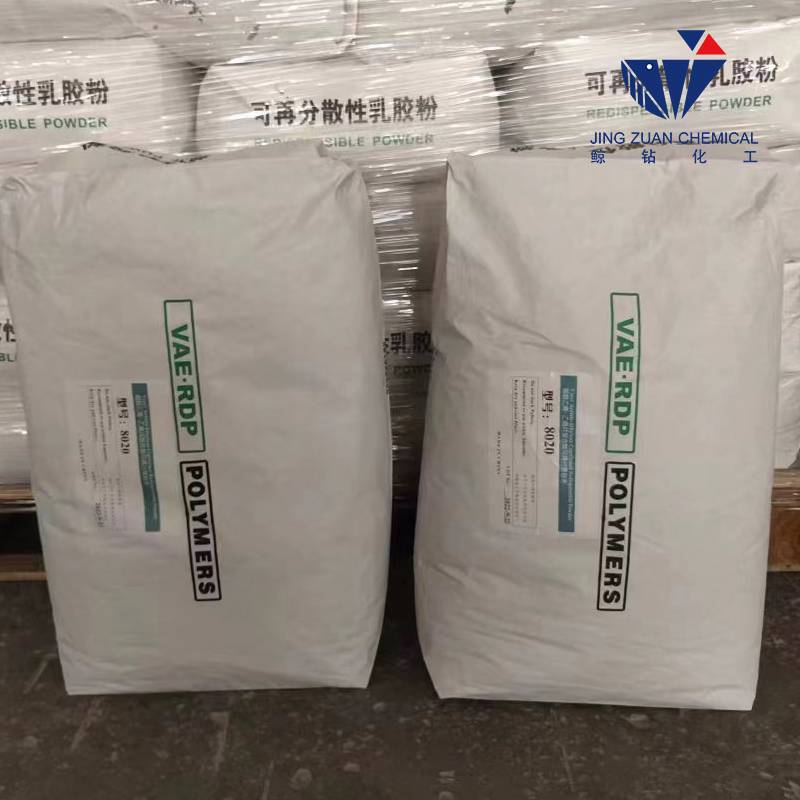
Dec . 12, 2024 10:36 Back to list
Exploring the Benefits of HPMC and CMC in Pharmaceutical Applications
Understanding HPMC and CMC Key Players in the Pharmaceutical and Food Industries
Hydroxypropyl methylcellulose (HPMC) and carboxymethyl cellulose (CMC) are two prominent cellulose derivatives widely utilized in pharmaceuticals, food, and other industrial applications. These polysaccharides play critical roles due to their unique properties, versatility, and the ability to enhance the texture and stability of various products. In this article, we'll explore the characteristics, applications, and benefits of HPMC and CMC.
What is HPMC?
HPMC is a semisynthetic polymer derived from cellulose, specifically designed to improve solubility and functionality when compared to its parent compound. With a variety of substitution levels (methyl and hydroxypropyl groups), HPMC can be tailored to meet specific viscosity and gelation requirements, making it a valuable excipient in drug formulations. Its properties include
1. Water Solubility HPMC is soluble in hot and cold water, creating a gel-like substance upon cooling. This characteristic makes it a useful thickener and emulsifier in various applications.
2. Biocompatibility Due to its non-toxic nature, HPMC is suitable for use in pharmaceutical applications, including controlled-release formulations.
3. Stability HPMC demonstrates excellent stability over a variety of pH levels and temperatures, making it ideal for use in diverse formulations such as topical creams, capsules, and tablets.
What is CMC?
Carboxymethyl cellulose (CMC) is another cellulose derivative created by the alkali treatment of cellulose followed by the introduction of carboxymethyl groups. CMC is renowned for its thickening, stabilizing, and emulsifying properties. Key characteristics of CMC include
.
2. Chemical Reactivity The carboxymethyl groups impart reactive characteristics, allowing it to interact with various ingredients, enhancing texture, and forming stable emulsions.
hpmc cmc

3. Solubility CMC is soluble in cold water, which is advantageous for many food applications where heat processing can be a concern.
Applications in Pharmaceuticals
Both HPMC and CMC serve significant roles in the pharmaceutical industry.
- HPMC is frequently used as a binder in tablet formulations, providing the necessary cohesiveness to ensure effective manufacturing and disintegration. Additionally, its gelling properties enhance the controlled release of active ingredients, improving drug delivery.
- CMC, on the other hand, acts as a stabilizer in suspensions and emulsions. It helps maintain homogeneous mixtures in liquid formulations, preventing the separation of inactive ingredients from the active components.
Applications in the Food Industry
In the food industry, HPMC and CMC are commonly used as food additives.
- HPMC is added for its emulsifying and thickening properties, improving the texture of foods like sauces, dressings, and baked goods. Its ability to retain moisture also prolongs the shelf life of various products.
- CMC is widely used as a stabilizer and thickener in ice creams, sauces, and gluten-free products. It offers improved texture and stability, essential for maintaining quality and consumer acceptance.
Conclusion
In summary, HPMC and CMC are two indispensable cellulose derivatives with a multitude of applications across the pharmaceutical and food industries. Their unique characteristics, including solubility, stability, and thickening abilities, make them vital ingredients that enhance both product performance and consumer satisfaction. As industries continue to evolve and innovate, the demand for these cellulose derivatives is likely to grow, emphasizing their importance in creating safe, effective, and appealing products in our daily lives.
-
Versatile Hpmc Uses in Different Industries
NewsJun.19,2025
-
Redispersible Powder's Role in Enhancing Durability of Construction Products
NewsJun.19,2025
-
Hydroxyethyl Cellulose Applications Driving Green Industrial Processes
NewsJun.19,2025
-
Exploring Different Redispersible Polymer Powder
NewsJun.19,2025
-
Choosing the Right Mortar Bonding Agent
NewsJun.19,2025
-
Applications and Significance of China Hpmc in Modern Industries
NewsJun.19,2025







